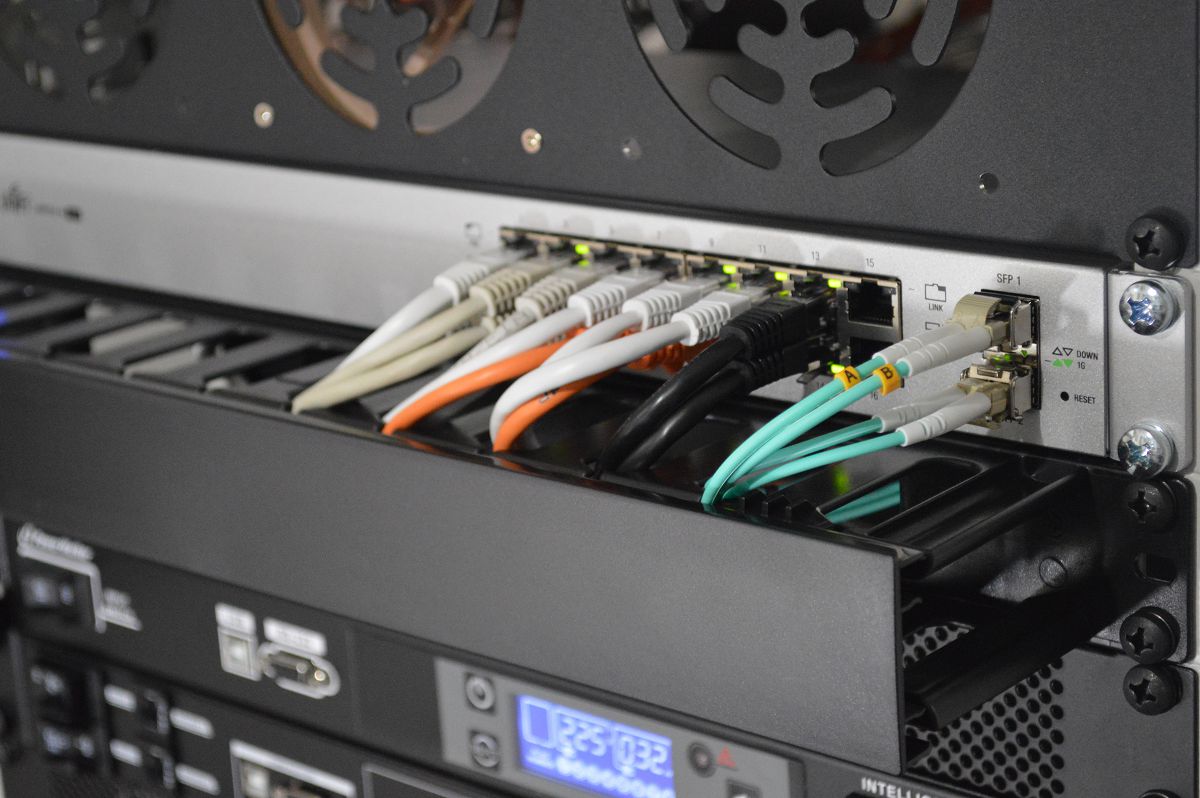With an ever-growing need for connectivity within the maritime and petroleum industries, advancements in LTE networking enable a cost-efficient alternative to satellite.
As the maritime and petroleum sectors are diving ever deeper into the opportunities of the IIoT, the need for stable, continuous, and seamless means of communication is growing.
Connectivity is essential for reaping the benefits in terms of productivity, cost-efficiency and profitability, as data collection, analysis and real-time equipment monitoring are key factors for any and every IIoT operation.
Ensuring seamless communication may prove a considerable challenge for rigs and ships far off the coast, often on the move and operating in demanding conditions and hazardous environments.
Satellite is not a long-term solution
In previous years, the communication challenge has, to some extent, been solved by using satellite options to transmit data collected offshore, aboard ships, vessels and oil rigs.
However, this is a costly and expensive solution with limited possibilities.
Due to the associated costs satellite communication is not a viable long-term solution, as the amount of data collected and transmitted is rising steadily with the advancement of IIoT technologies.
The rise of 4G LTE
Luckily, a new and viable alternative is now finally available to the industries operating offshore.
Within the last year, we have seen significant advancements in 4G LTE technology and coverage. In the North Sea, mobile and radio networks have been upgraded to support new technologies, resulting in an extensive expansion of the 4G LTE coverage.
4G LTE networks are now available along the entire coast of Norway, covering important North Sea offshore areas from north to south and offering a stable and reliable connection. And similar developments are currently underway in the Gulf of Mexico.
Moving forward, we are going to see more and more opportunities arise within 4G and 5G networking, offering a far less expensive alternative to satellite communication. In other words, investing in this technology is a great way of future-proofing your operation.
How do these advancements affect day-to-day operations?
Having a stable, continuous and reliable internet connection means that workers in the maritime and petroleum sectors can perform their tasks and complete their work without being hindered by connectivity issues and networking challenges.
It also ensures the continuous flow of important data, keeping you up to date on equipment and process statuses as you will receive real-time updates regarding the on-board situation. Additionally, connectivity is vital to optimize and maintain the safety and security of your crew.
A secondary benefit to having a stable connection that can handle the traffic load is an improvement in your crew’s quality of life while on assignment. Traditionally locked down due to high costs, 4G connectivity enable your workers to get online in their private time, without it affecting overall networking costs.
LTE system requirements
To take advantage of the expanded 4G LTE network, and maintain a stable signal, ships and vessels need a properly dimensioned antenna and a rugged hardware system that is built to host a 4G LTE modem.
High quality WiFi routers, combined with a high-gain omni-directional antenna, provides the best transmission quality for ships in near constant motion, maintaining a steady signal even miles and miles off the coast.
All hardware should meet relevant requirements and feature rugged, industrial grade casings built to withstand the challenging conditions and environments at sea. All equipment operating in hazardous, and explosive, areas must also be ATEX certified.
The importance of redundancy
When constant connectivity and no downtime is a necessity rather than a preference, redundancy is vital.
This redundancy can be achieved in one of two ways:
- Installing a dual 4G LTE modem
Dual modems add an extra layer of security, accessibility and availability, allowing two SIM cards from separate mobile operators to be installed in the gateway. In essence, this means that should you move out of coverage for one provider you always have a backup network. - Install two cellular gateways
Multiple gateways are beneficial in environments where power outages are a constant risk. By installing two gateways, on separate circuits, you greatly increase the chance of at least one staying operational should there be a power outage.
We provide technical insight
Hatteland Technology specializes in designing tailored networking solutions for the maritime and petroleum sectors. With close to 40 years of experience and broad expertise within our field, we aim to deliver much more than a simple off-the-shelf solution.
We provide technical insight – helping you navigate the complex waters of the IIoT, LTE and connectivity to find your optimal solution, based on your needs and the industry-specific requirements you must adhere to.



























































